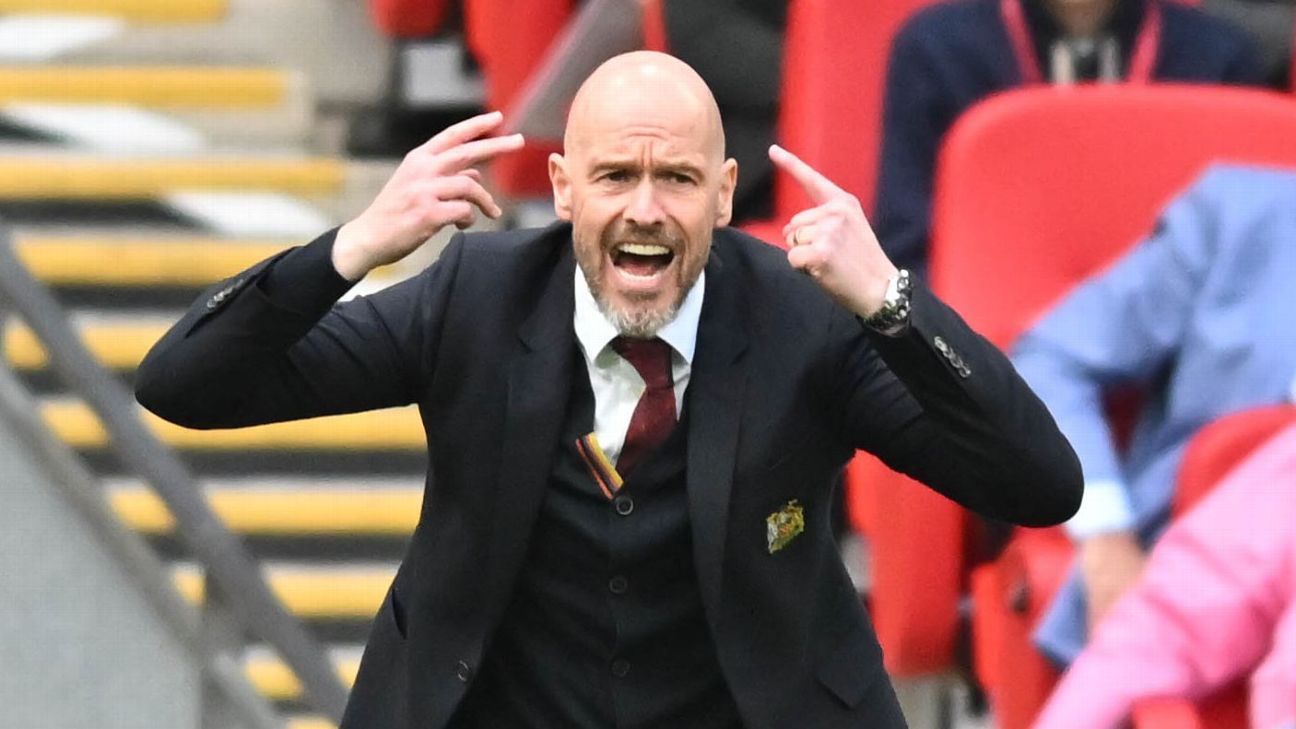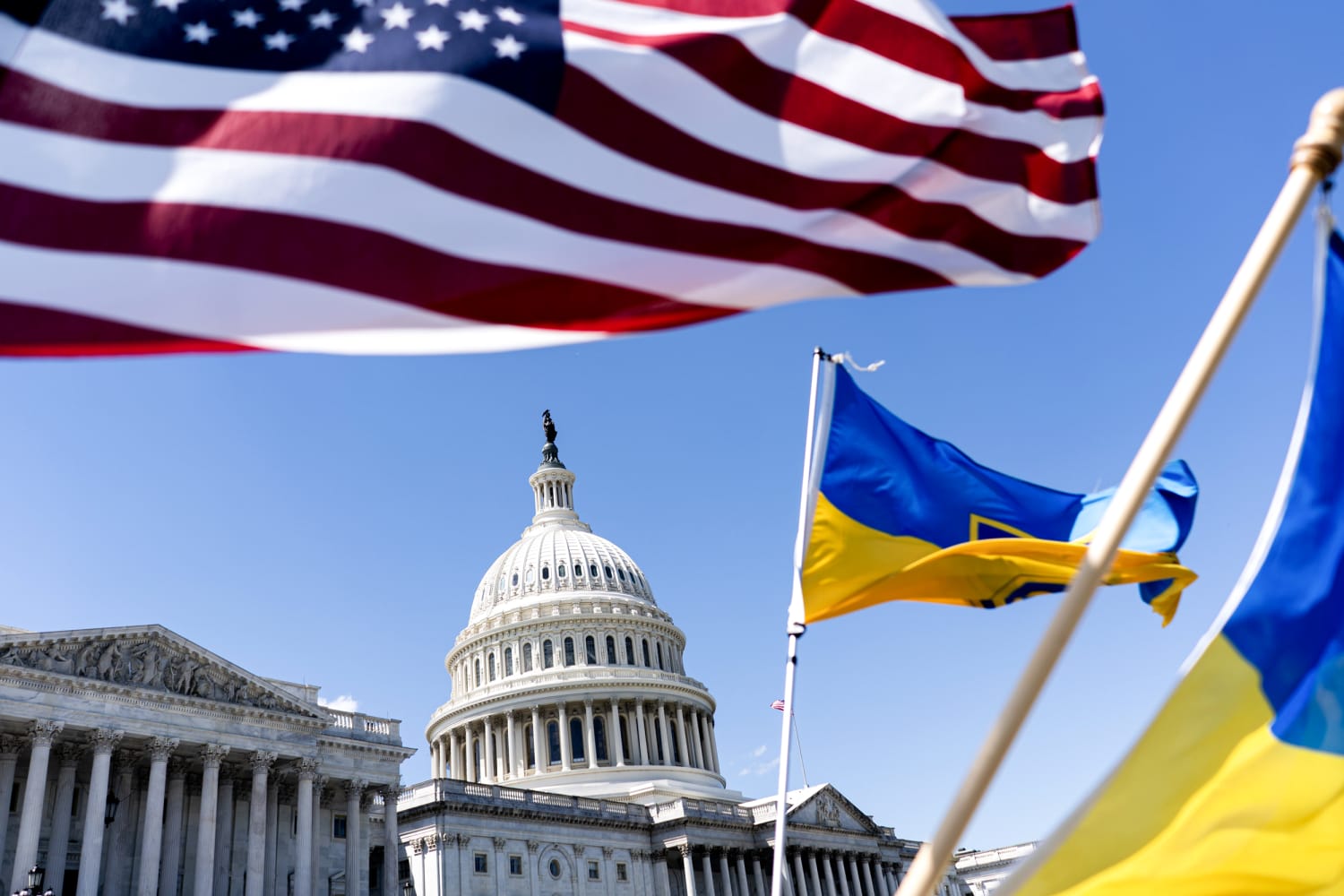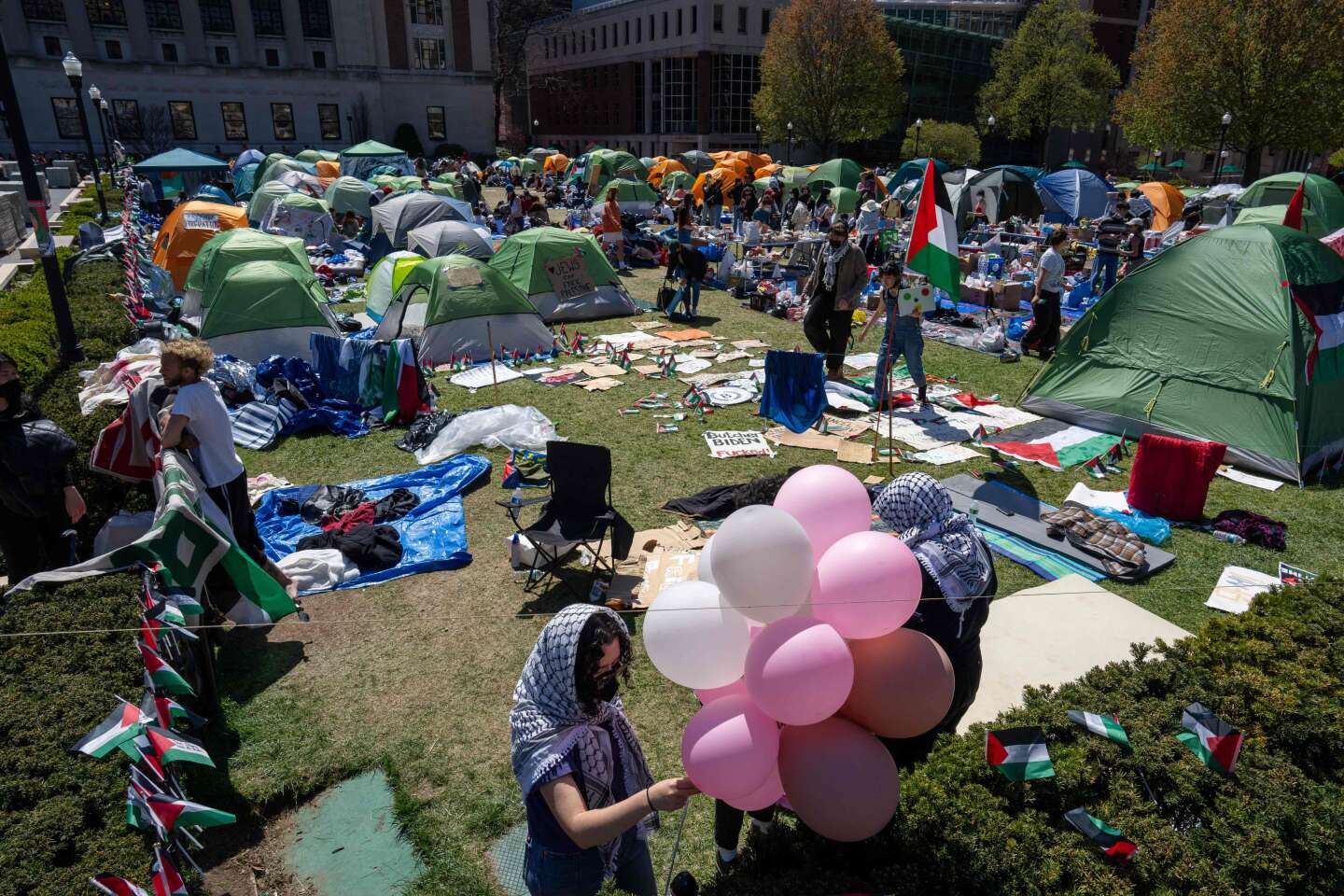It was well before dawn on Monday when federal regulators told JPMorgan Chase executives that they had beaten three smaller rivals in their bid to buy the doomed First Republic.
By the time the sun rose, longtime JPMorgan CEO Jamie Dimon had re-emerged as the industry’s savior — and the architect of another government-brokered deal to help his giant corporation grow even larger.
First Republic was the third institution Dimon agreed to buy in a federally backed deal, following its acquisition of Bear Stearns and Washington Mutual during the 2008 financial crisis. All three deals helped defuse the panic, but they also benefited JPMorgan, which has assets At $3.7 trillion and 14 percent of all deposits in the United States, it has unparalleled access within the world’s largest economy.
JPMorgan’s agreement to buy First Republic is expected to increase the bank’s profits by $500 million this year and give it access to a group of wealthy clients.
Still, the deal, which comes at a time when politicians in both parties are becoming increasingly wary of corporate power, is likely to raise more questions about whether banks like JPMorgan have grown so large that they are stifling competition and threatening the financial system.
“The sale of First Republic Bank to the nation’s largest bank makes our banking system’s ‘too big to fail’ problem even worse,” said Sen. Elizabeth Warren, D-Massachusetts.
The deal adds to Mr. Damon’s legacy. It became easy to draw comparisons between him and the man after whom his bank was named. In 1907, John Pierpont Morgan Sr. locked his Wall Street counterparts inside his office and refused to let them out until they agreed to join him in bailing out the panic-stricken financial system.
Not a single corporate leader has controlled the American financial system since then, said financial historians.
“There has always been a question of who can convince everyone that they have the assets or the cultural authority to shut down the banks,” said Kenneth W. Mack, a professor of law and history at Harvard University. Given JPMorgan’s reputation for risk aversion and Mr. Dimon’s long history at the helm of the bank, “naturally he is the person the federal authorities continue to count on for bailouts.”
Dimon became CEO in 2006, less than two years after JPMorgan bought the Chicago bank he ran. After the merger, JPMorgan was big: It had more than $1.1 trillion in assets and about 10 percent of the country’s deposits. It was on its way to becoming an industrial powerhouse.
Mr. Dimon had come of age in the industry under the auspices of Citigroup Chairman Sanford Weil, whose mission was to build the world’s largest financial supermarket. In the late 1990s, it was Mr. Will’s insatiable appetite for growth that prompted Washington to tear down the walls that had cordoned off the banking industry since the Great Depression, preventing commercial lenders from selling a wide range of financial services.
Dimon had been running JPMorgan for barely two years when the 2008 financial crisis hit, and it presented him with a once-in-a-generation opportunity to remake JPMorgan — and himself — as champions in the industry.
With the entire global banking business on edge, Mr. Dimon is one of a small handful of CEOs, along with the men who run Bank of America and Wells Fargo, who have attempted to style themselves as saviors.
Bank of America acquires Merrill Lynch and Countrywide. Wells Fargo acquired Wachovia. Mr. Damon’s Distances: Bear Stearns, then Washington Mutual. Within a few years, there was a major difference between Mr. Dimon and his competitors: Their institutions ran into trouble—Bank of America first, then Wells Fargo—and their leaders stepped aside.
Mr. Dimon is now the longest-serving CEO on Wall Street
JPMorgan has continued to grow. In recent years, it has been pick up Dozens of small businesses: a student financial aid company, several Software companies, even the restaurant review site that owns Zagat.
The bloated size of banks like JPMorgan has worried some experts, including senior officials in the Biden administration. A small handful of banks have amassed dominant positions in many parts of the country, crowding out community lenders and leaving customers with limited access to banking services.
Yet even when JPMorgan has been humbled by occasional scandals — the 2012 “London whale” trading explosion, in which the bank lost more than $6 billion, was by far the most serious — Dimon has often turned the tables. When regulators moved to punish the bank for misconduct by the companies it had bought during the crisis, Mr. Dimon insisted to federal officials that he was doing them a favor for the country by buying up troubled institutions. Industry watchers were astonished by Dimon’s categorical refusal to apologize.
Somewhere along the way, Mr. Damon began to fill in a missing part of his public profile: the role of a statesman whose power and prestige transcended the individual institution.
This was how the world viewed JPMorgan a century ago. He was more than the richest man in the world. He was also a banker with the clearest sense that Wall Street and Washington interests and his interests were closely intertwined, according to David K. Thompson, associate professor of history at Sacred Heart University. Therefore, Mr. Morgan recognized that he had a strong incentive to resolve industry crises whenever possible.
Mr. Damon set out to show the world that he, too, was more than just a brilliant, wealthy banker.
After JPMorgan was caught illegally foreclosing the homes of active military service members in 2011, Mr. Dimon co-founded an effort by 11 companies to hire more veterans, vowing to bring in 100,000 by 2020. After Detroit went bankrupt in 2013, in part due to shenanigans by Wall Street banks, JPMorgan vowed to help turn the city’s fortunes around, and Mr. Dimon personally attached himself to the business.
He began commenting on a wide range of policy issues, from education to immigration, in a letter he wrote to shareholders each spring. He became chairman of the Business Roundtable and worked to strengthen the group’s influence over legislators. He has publicly championed the concept of “stakeholder capitalism,” the idea that right action by shareholders also involves treating communities, workers, and customers better.
During the Obama administration, Mr. Dimon was touted as a potential civil servant. Billionaire investor Warren Buffett Proposal In 2012 President Barack Obama appointed Mr. Dimon as Secretary of the Treasury. In 2016, after rumors that President-elect Donald J. Trump might tap him for the position, Mr. Dimon He said That he let Mr. Trump’s transition team know he wasn’t interested. Columnist for the New York Post His name floated Back in 2020 after the election of President Biden, though, Mr. Dimon insist on that he “never desired the job”.
All that talk, along with his longevity as CEO and JPMorgan’s reputation for stability, made Treasury Secretary Janet Yellen’s call for Mr. Dimon to help with First Republic unsurprising when it came.
“It wasn’t clear in 2008 that Jamie Dimon was going to be that person. What’s happened since 2008 is what made him that person,” Mr. Mac said.
Mr. Buffett put it this way in an email to the New York Times on Monday: “Jamie is doing the right thing for the country and the right thing for JPMorgan Chase — exactly what I expected him to do.”

“Amateur organizer. Wannabe beer evangelist. General web fan. Certified internet ninja. Avid reader.”







More Stories
Stock Market Today: Dow Jones rises as GM profits rise. Tesla earnings next
The S&P 500 snaps a 6-day losing streak ahead of Big Tech's earnings surge
Stock futures rise ahead of a potentially big week for big tech companies